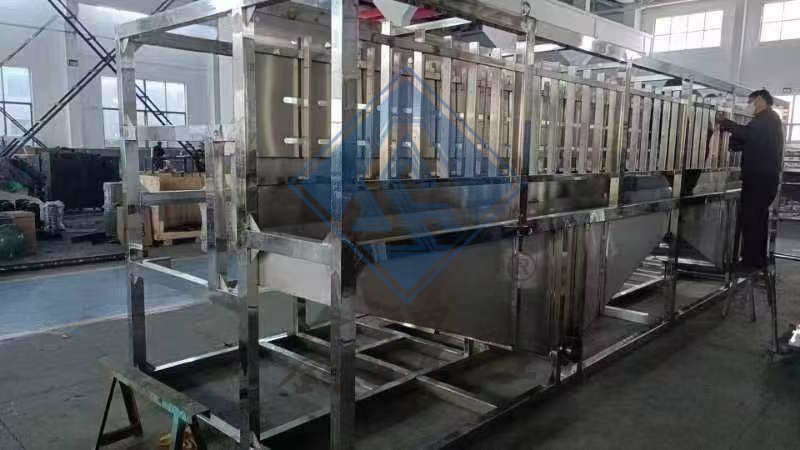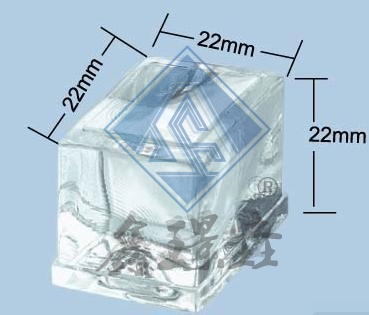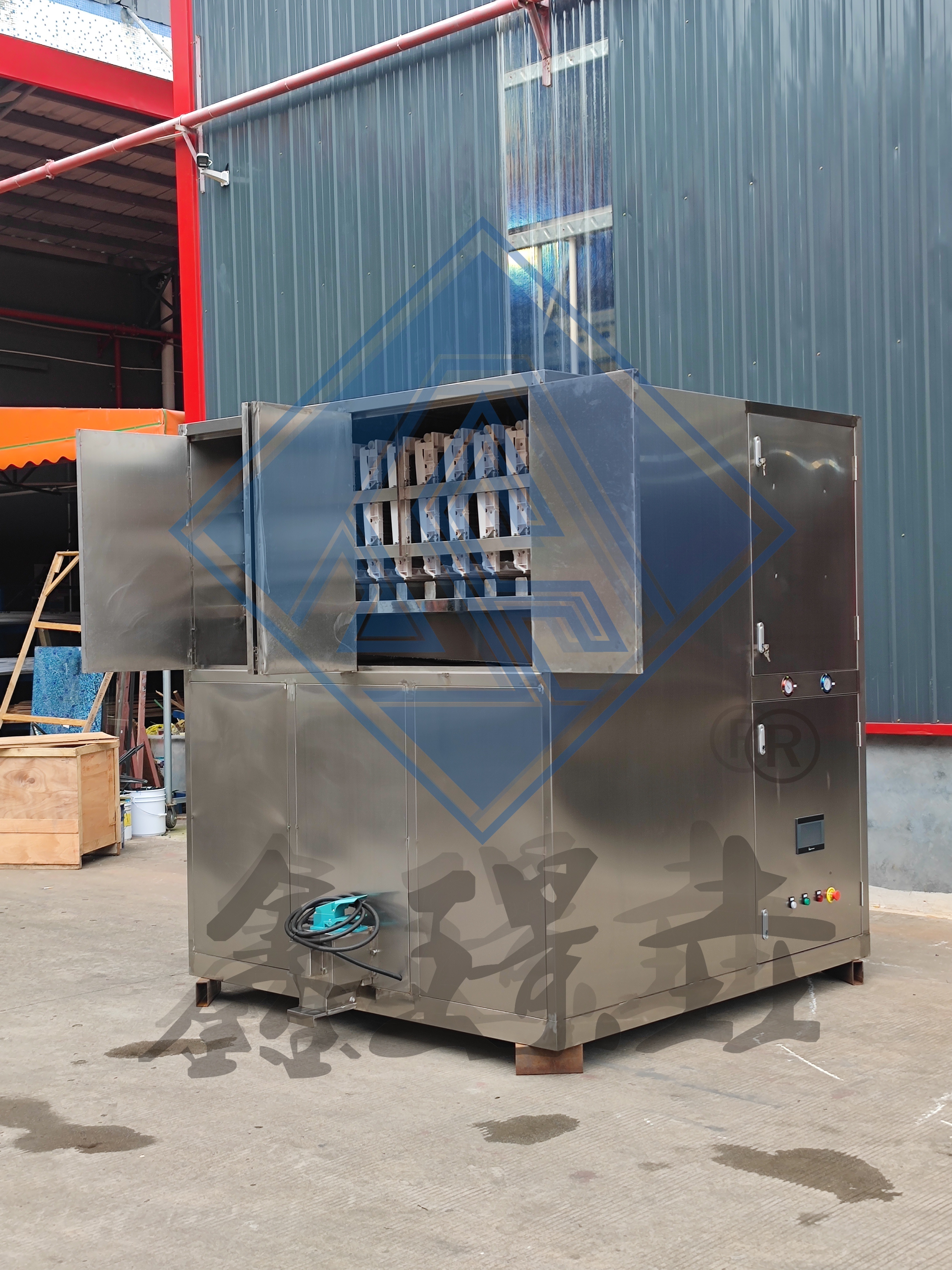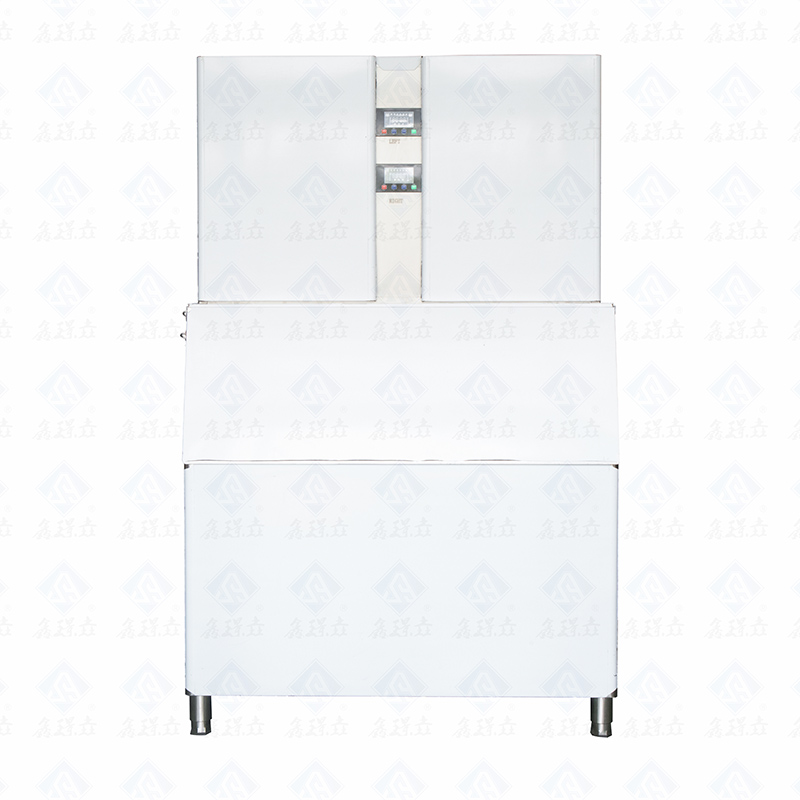Pellet ice machines and cube ice machines stand out in building user trust by providing tangible proofs of their strengths, covering three key aspects: displaying case images of customized voltages and logos along with customer feedback, offering energy consumption and cooling effect test reports for air-cooled and water-cooled modes, and presenting stainless steel material test reports and wear-resistant & corrosion-resistant test videos. These concrete materials turn abstract product advantages into visible facts, helping users make confident purchasing decisions.

First, the display of customized voltage and logo case images, paired with customer feedback, fully demonstrates the machines’ adaptability and brand promotion value. For voltage customization, the case gallery includes images of machines adjusted to 110V for North American clients, 220V for Asian users, and 230V for European customers—each photo clearly marks the voltage parameter and the client’s industry (e.g., a 110V cube ice machine installed in a U.S. coffee chain). For logo customization, there are real shots of machines with embossed or printed logos of catering brands, hotels, and beverage companies, showing how the machines integrate with the clients’ brand image. Accompanying these images are detailed customer feedback: a European hotel group commented, “The 230V customized pellet ice machine fits our local power supply perfectly, and the logo on the machine enhances our brand recognition in the lobby”; a Southeast Asian beverage chain noted, “The customized logo cube ice machine has become a small brand display spot, receiving positive comments from customers.” These real cases and feedback eliminate users’ doubts about customization feasibility and effectiveness.
Second, the provision of energy consumption and cooling effect test reports for air-cooled and water-cooled modes helps users select the most suitable cooling mode based on their actual needs. The test reports are conducted in a professional laboratory under the same ambient temperature (25°C) and water inlet temperature (20°C). For air-cooled mode, the report records that a 500kg/day pellet ice machine consumes 85 kWh of electricity per day, with a cooling speed of 15 minutes to reach the set temperature; for water-cooled mode, the same machine consumes 72 kWh of electricity per day, with a cooling speed of 10 minutes. The report also compares the two modes’ applicability: air-cooled mode is recommended for areas with sufficient ventilation (e.g., open-air food markets) as it requires no water pipe connection, while water-cooled mode is more suitable for indoor spaces with high temperature (e.g., restaurant kitchens) due to its better cooling stability. These detailed data allow users to choose the mode that balances energy saving and cooling efficiency according to their site conditions.
Third, the presentation of stainless steel material test reports and wear-resistant & corrosion-resistant test videos directly proves the machines’ durability. The material test report includes results from authoritative testing institutions, confirming that the machines use 304 stainless steel (with a chromium content of 18% and nickel content of 8%), which meets food-grade safety standards and has strong anti-rust performance. The wear-resistant test video shows a steel brush rubbing the machine’s surface continuously for 10 minutes, with no scratches or paint peeling; the corrosion-resistant test video records the machine part being immersed in a 5% salt solution for 72 hours, with no rust spots appearing. These visual and written proofs address users’ concerns about material quality—especially for businesses in humid environments (e.g., seafood markets) or those using the machines for food-related purposes, ensuring the machines maintain good performance and hygiene over long-term use.
By combining case displays, test reports, and material certifications, pellet and cube ice machines build a comprehensive trust system, making their advantages in customization, energy efficiency, and durability no longer empty claims but verifiable facts. This approach not only differentiates them from competitors that rely on vague promotions but also provides users with sufficient basis to judge whether the machines match their needs.
















